Animal news, feature and articles
Explore Animals
Editor's Picks
Latest about Animals
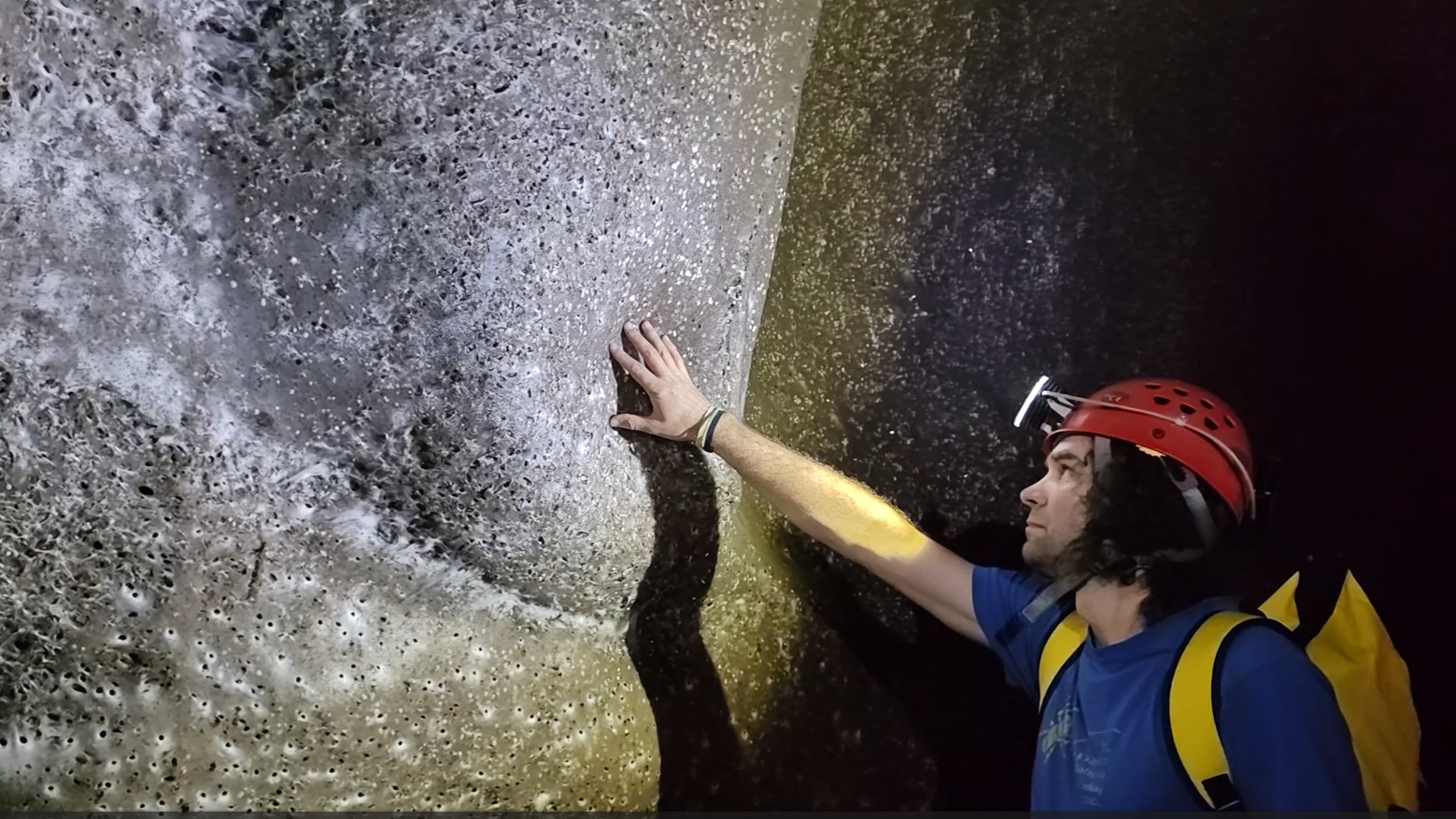
World's biggest spiderweb discovered inside 'Sulfur Cave' with 111,000 arachnids living in pitch black
By Sascha Pare published
A giant colonial spiderweb in a sulfuric cave on the border between Greece and Albania may be the largest ever found — and it was built by spiders we didn't know liked the company of others.
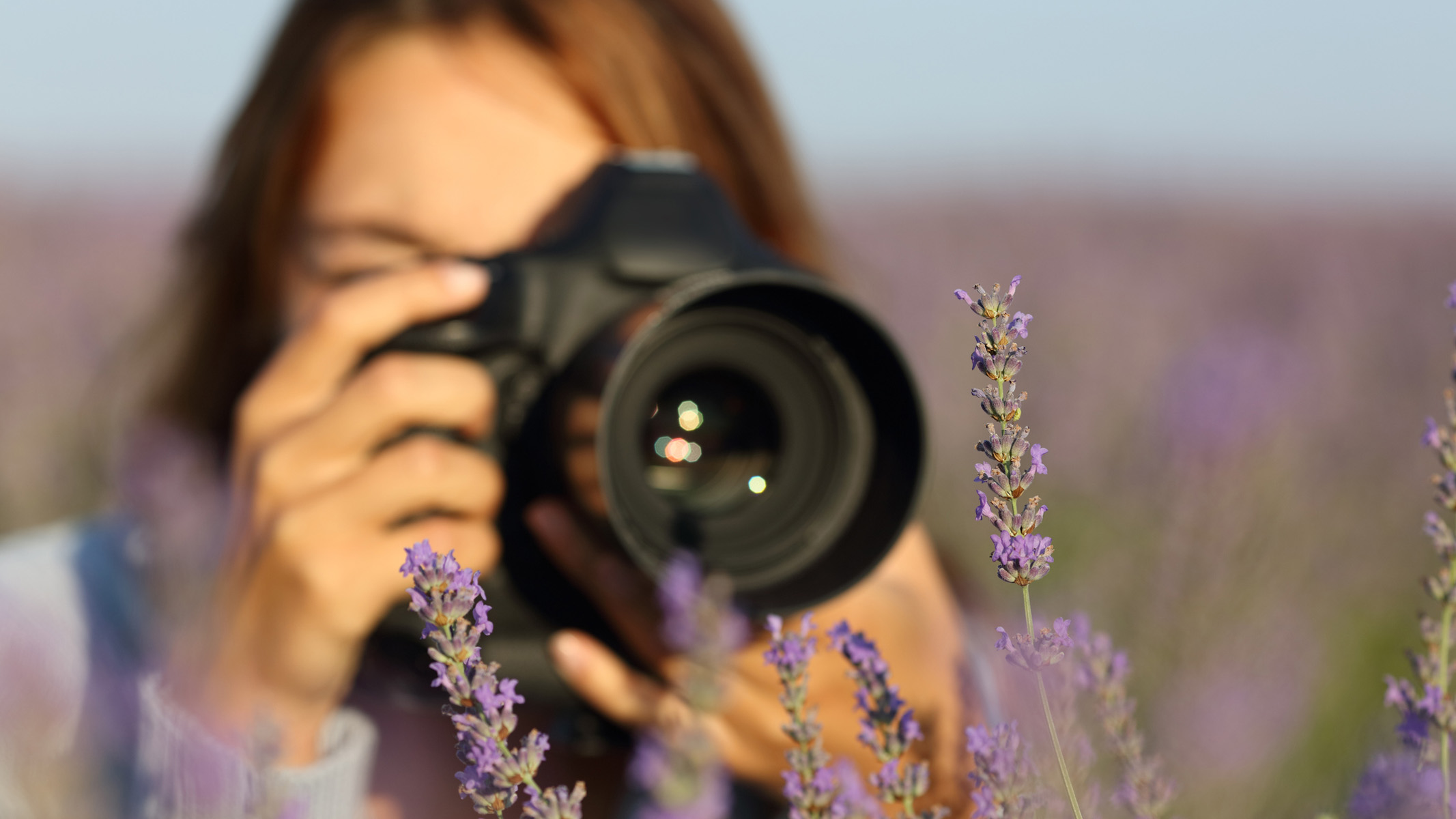
5 common mistakes beginner macro photographers make — and how to avoid them
By Kimberley Lane published
New to macro photography? Avoid these 5 beginner mistakes and start capturing tiny worlds with big impact.
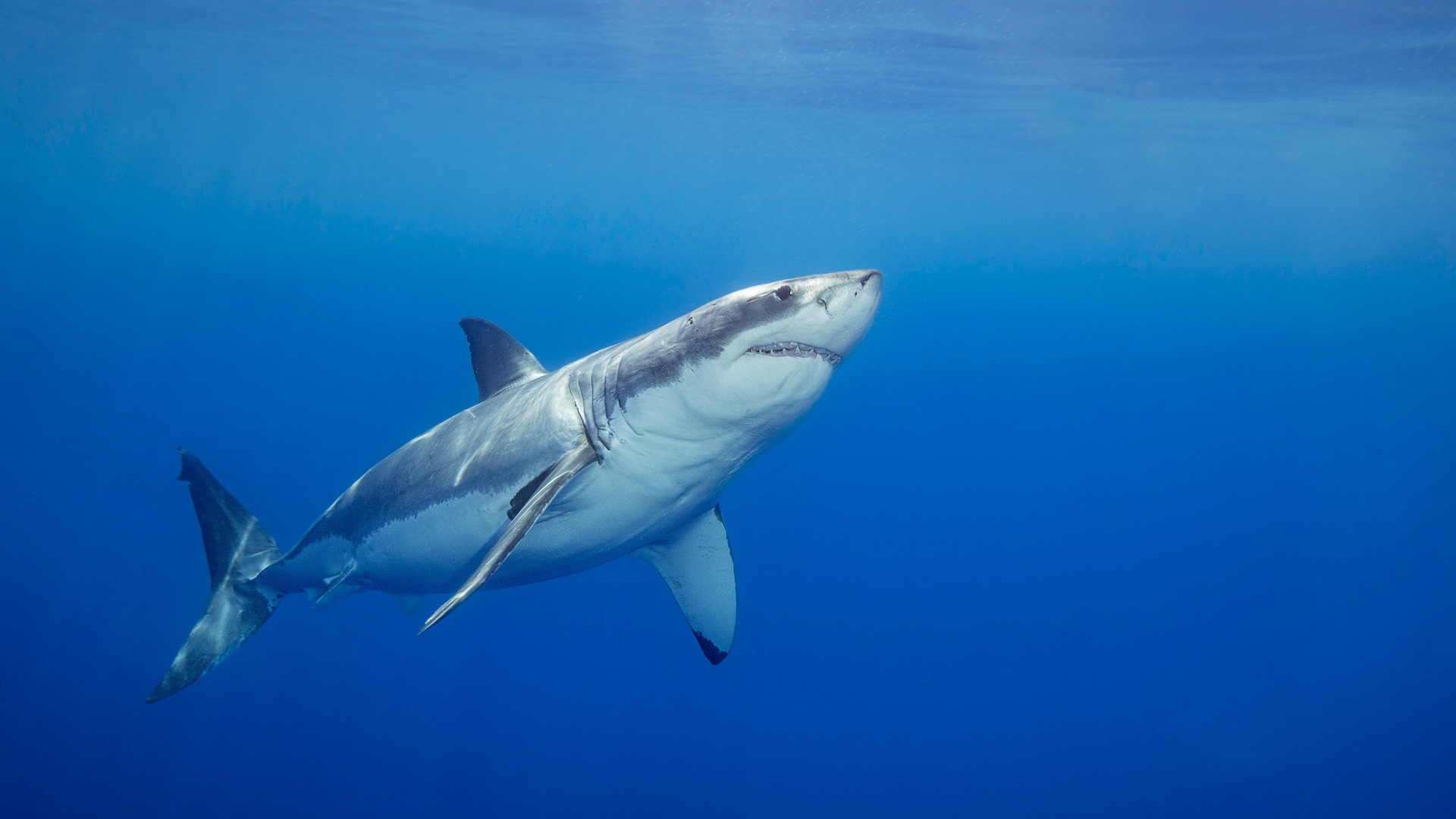
Which animals are tricked by optical illusions?
By Kit Yates published
It's not just humans who notice optical illusions; certain animals do too, and they often use it to their advantage.
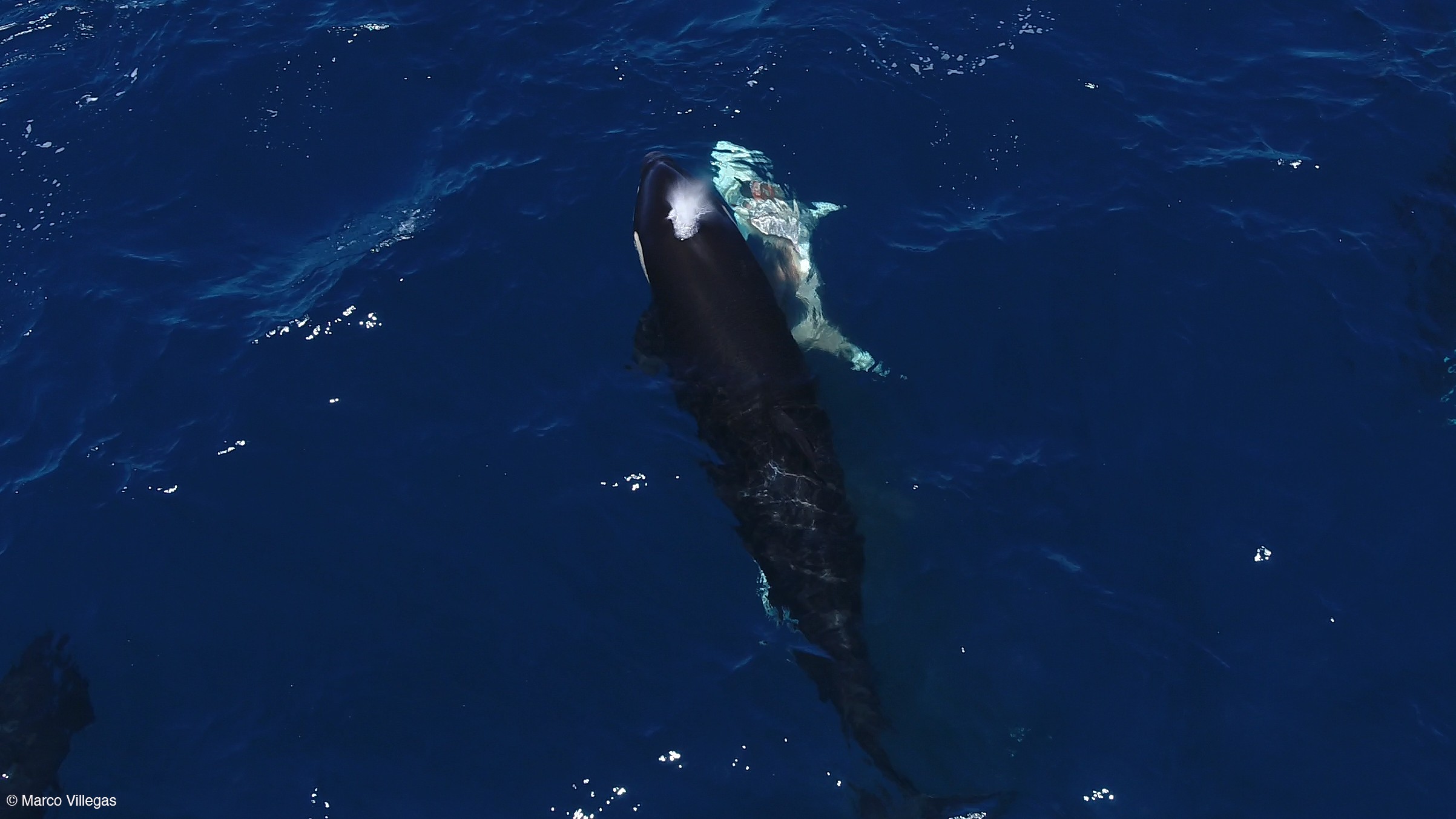
Orcas in the Gulf of California paralyze young great white sharks before ripping out their livers
By Sascha Pare published
An orca pod that made headlines last year for gutting a whale shark has struck again, this time perfecting a technique that involves paralyzing young great white sharks to eat their livers.
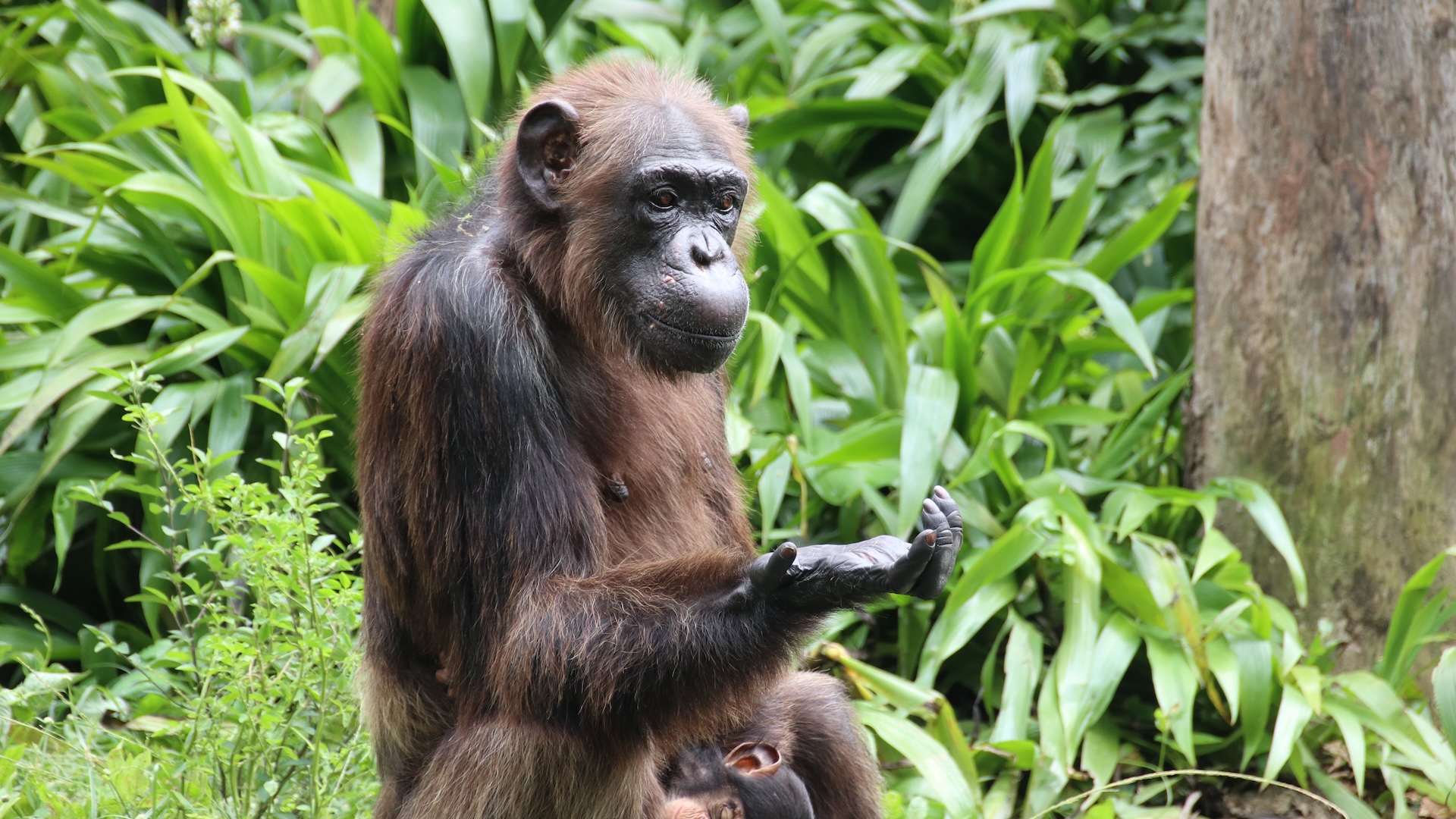
Chimps 'think about thinking' in order to weigh evidence and plan their actions, new research suggests
By RJ Mackenzie published
Chimpanzees use a variation of the "scientific method" — discarding prior beliefs if convincing new evidence comes along to change their minds, research shows.
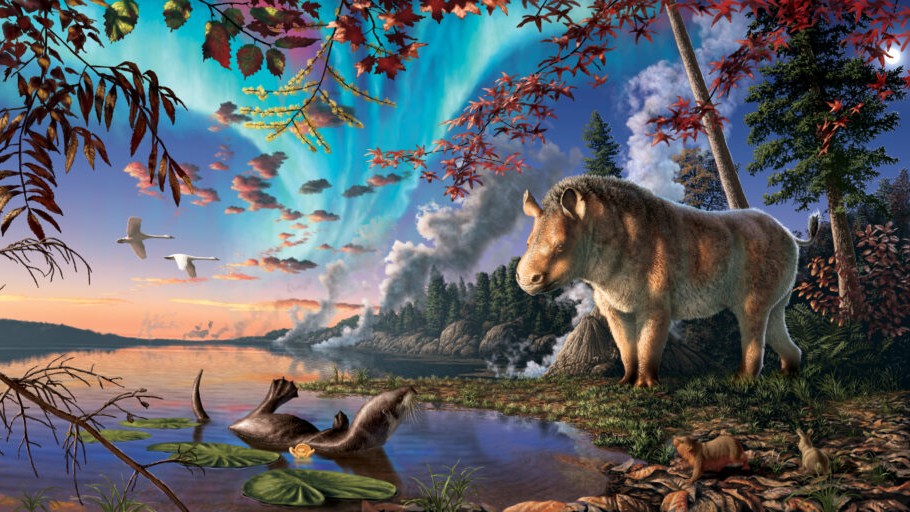
Ancient 'frosty' rhino from Canada's High Arctic rewrites what scientists thought they knew about the North Atlantic Land Bridge
By Sascha Pare published
Researchers have gained new insights into rhinoceros evolution and the longevity of the North Atlantic Land Bridge from analyzing the perfectly preserved fossils of a "frosty" Arctic rhino.
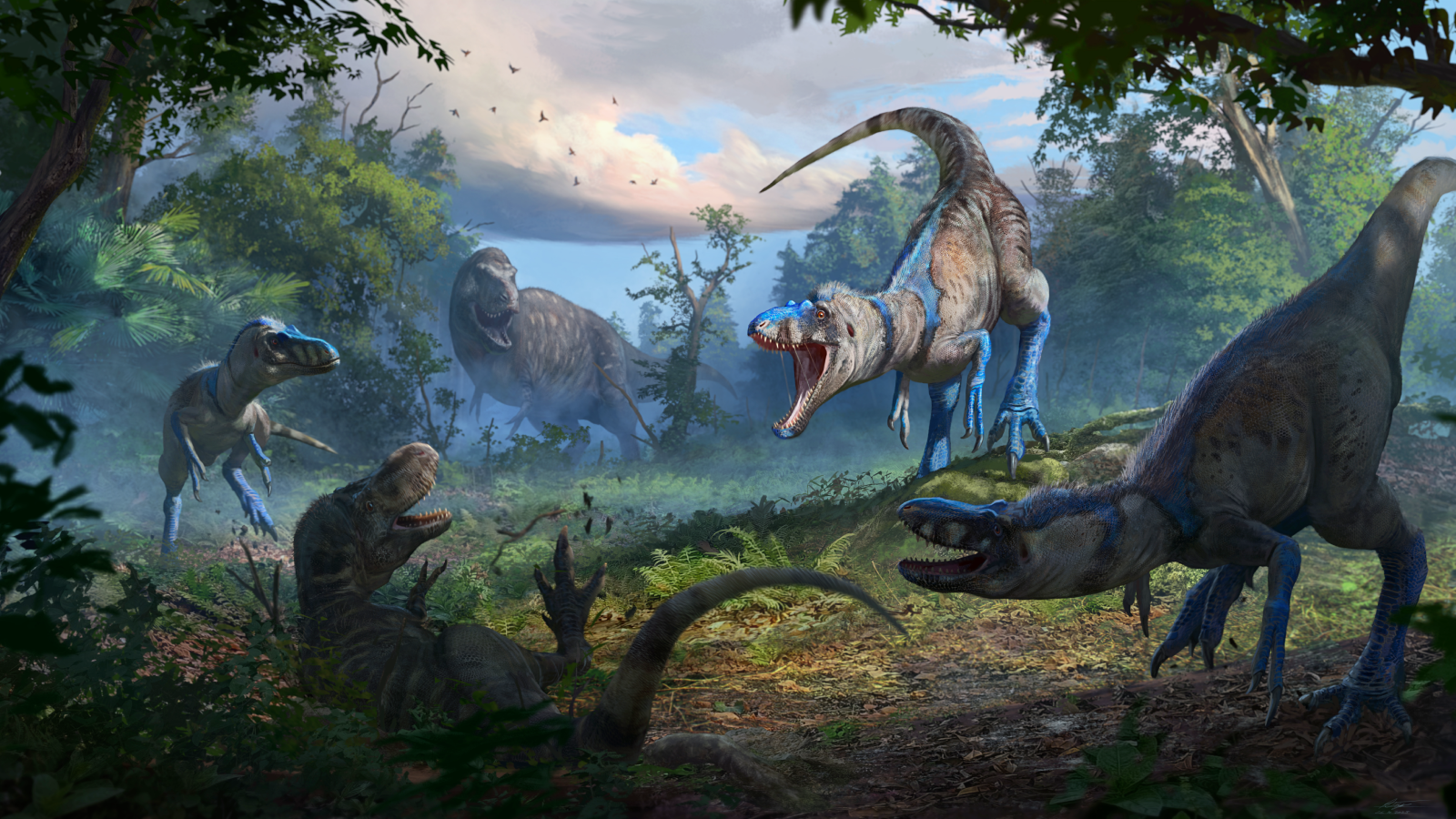
Nanotyrannus isn't a 'mini T. Rex' after all — it's a new species, 'dueling dinosaurs' fossil reveals
By Chris Simms published
An argument over whether fossils from several small dinosaurs represent a juvenile Tyrannosaurus rex or smaller adults of a separate species may finally be settled.
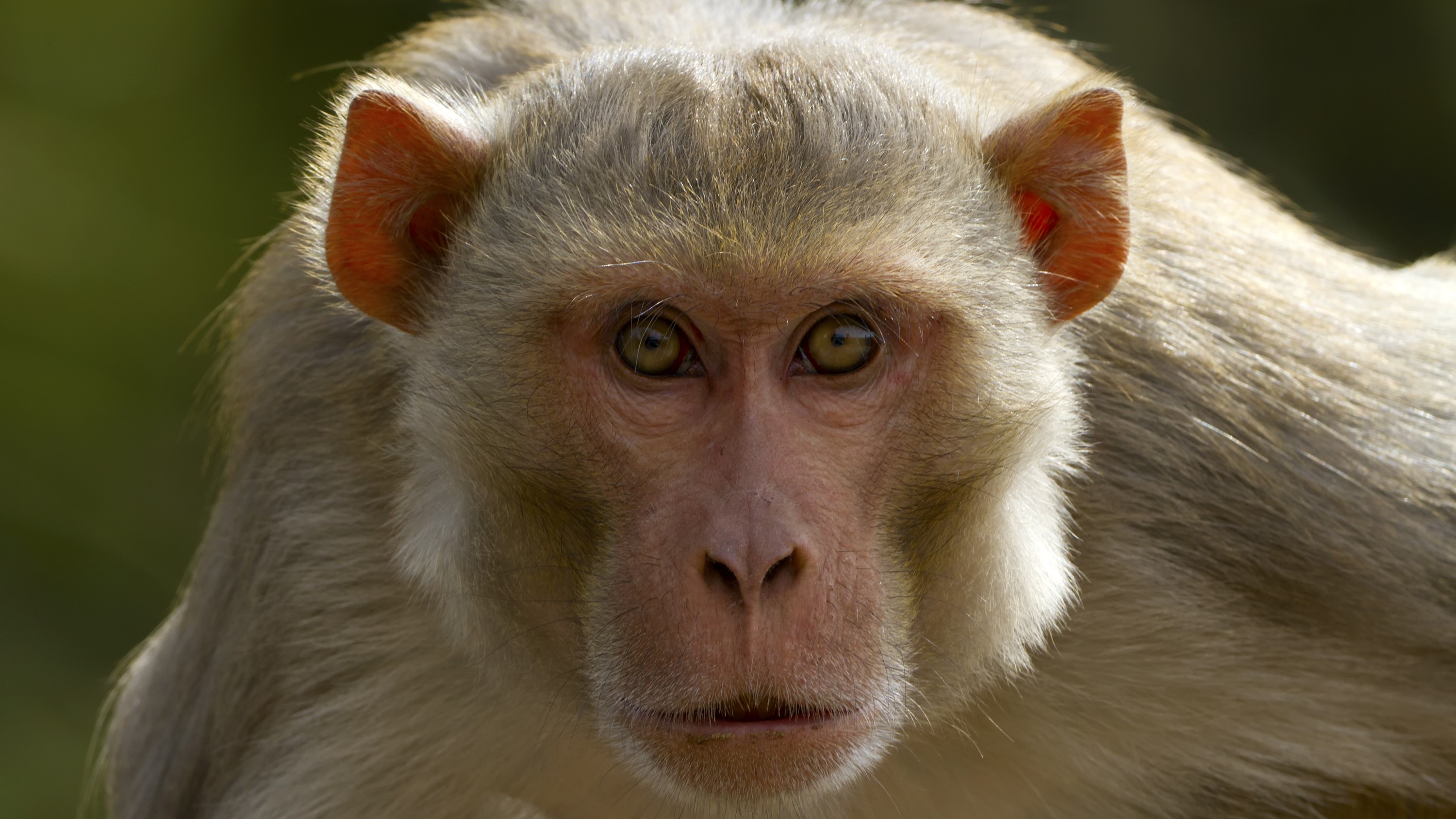
Lab monkeys on the loose in Mississippi don't have herpes, university says. But are they dangerous?
By Patrick Pester published
Authorities have killed several lab monkeys that escaped from an overturned truck in Mississippi. The rhesus macaques were initially thought to be diseased and dangerous, but that's not necessarily the case.
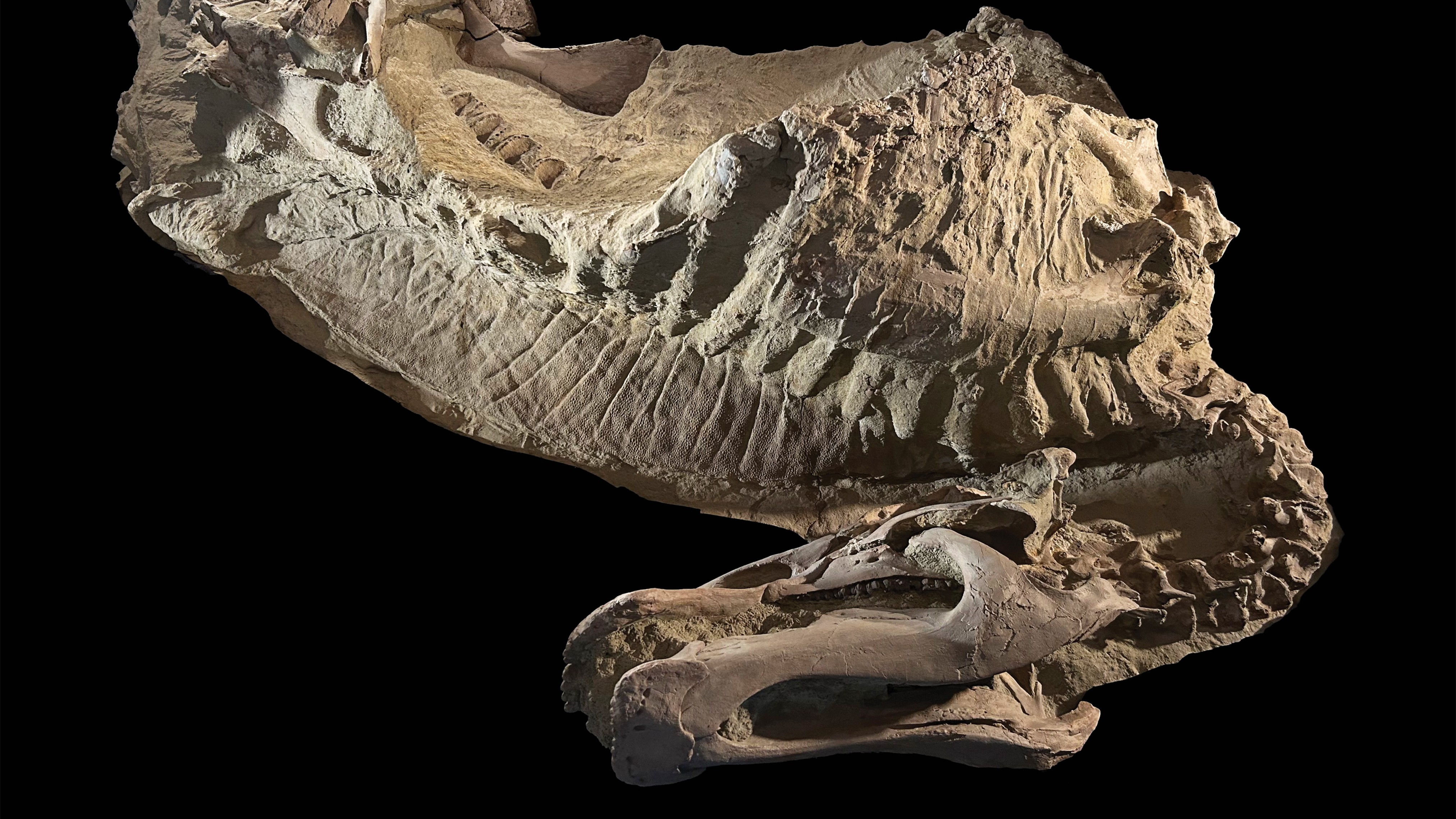
First-ever 'mummified' and hoofed dinosaur discovered in Wyoming badlands
By Patrick Pester published
Researchers have unearthed two dinosaur "mummies" in the badlands of Wyoming, confirming duck-billed dinosaurs had hooves, alongside a string of other discoveries.
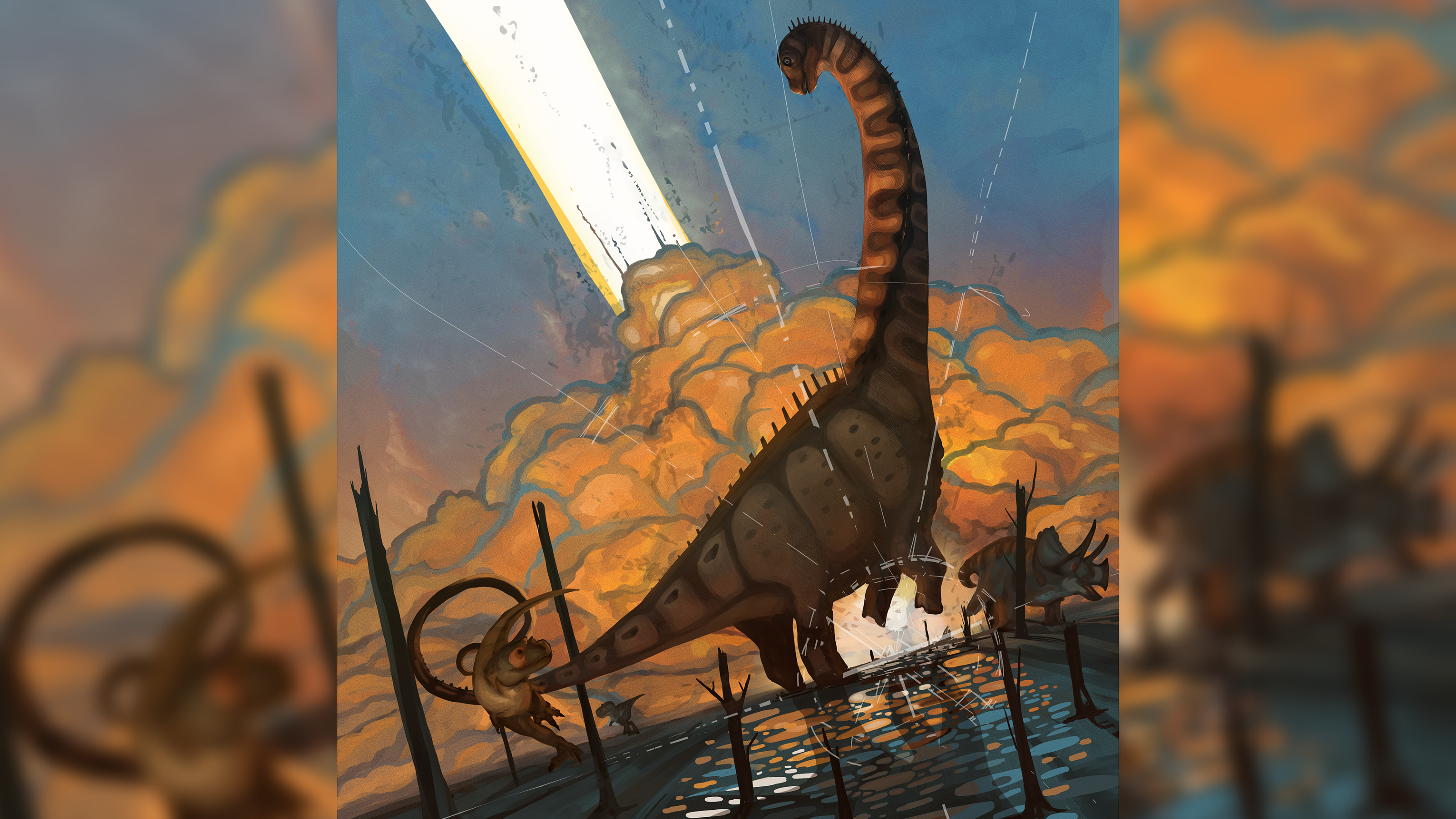
Rare fossils in New Mexico reveal dinosaurs were doing just fine before the asteroid annihilated them all
By Patrick Pester published
New dating has revealed that New Mexico's last dinosaurs were healthy, diverse and thriving at the end of the Cretaceous period, suggesting non-avian dinosaurs weren't in decline before being snuffed out by the asteroid strike.
Get the world’s most fascinating discoveries delivered straight to your inbox.

